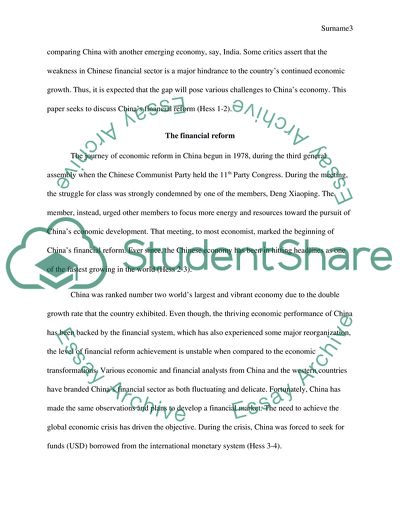Cite this document
(China's financial reform Essay Example | Topics and Well Written Essays - 2500 words, n.d.)
China's financial reform Essay Example | Topics and Well Written Essays - 2500 words. https://studentshare.org/finance-accounting/1859494-chinas-financial-reform
China's financial reform Essay Example | Topics and Well Written Essays - 2500 words. https://studentshare.org/finance-accounting/1859494-chinas-financial-reform
(China'S Financial Reform Essay Example | Topics and Well Written Essays - 2500 Words)
China'S Financial Reform Essay Example | Topics and Well Written Essays - 2500 Words. https://studentshare.org/finance-accounting/1859494-chinas-financial-reform.
China'S Financial Reform Essay Example | Topics and Well Written Essays - 2500 Words. https://studentshare.org/finance-accounting/1859494-chinas-financial-reform.
“China'S Financial Reform Essay Example | Topics and Well Written Essays - 2500 Words”. https://studentshare.org/finance-accounting/1859494-chinas-financial-reform.


